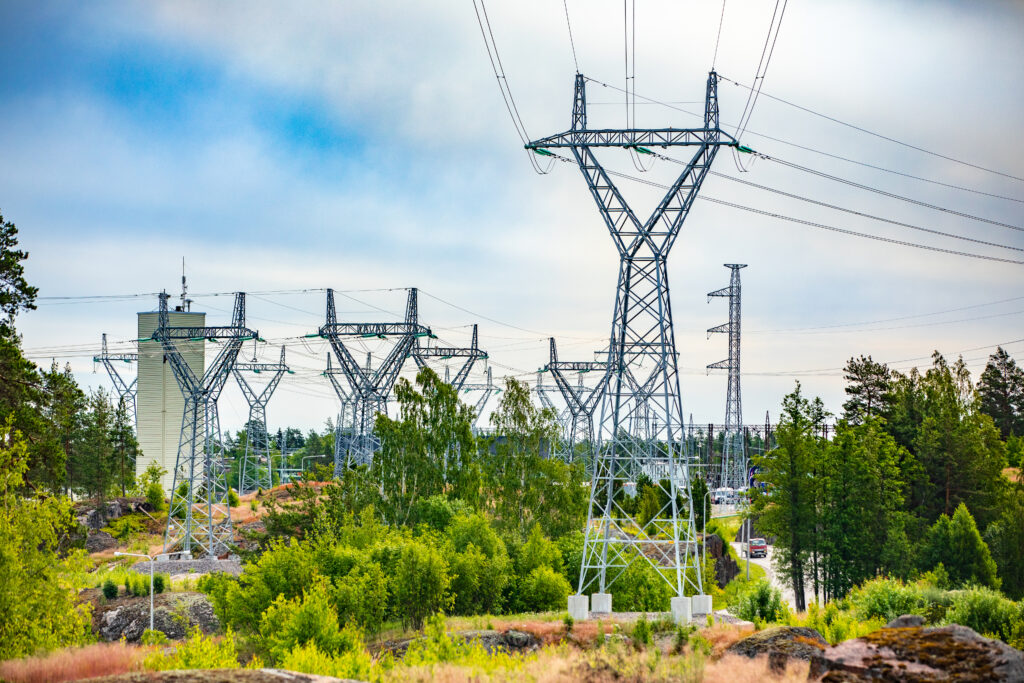The Rise of green energy production
The share of intermittent renewable energy sources—like wind and solar—continues to grow across the Nordic region. While this transformation supports our climate goals, it also introduces new complexity into the power system. Variability is no longer the exception, but the rule.
Why Flexibility Is No Longer Optional
Traditional power systems were built for predictability. With controllable and stable power generation it was easier to balance supply and demand. But now, with growing intermittency, the demand for system-wide flexibility is rising—fast.
Instead, we need to shift our thinking and action to ensure that flexibility can be built as close as possible to the point of generation / consumption or embedded with it. On a Nordic level the need for this is local flexibility is even bigger in Sweden than in Finland, due to the National grid setup in Sweden where the real-time balancing between the four regional grid areas are not possible.
Centralized vs. Distributed Flexibility
If all flexibility needs were solved only at the national grid level (e.g., Fingrid in Finland or Svenska Kraftnät in Sweden), the costs would be staggering. Investments in grid reinforcements, backup generation, and balancing capacity would skyrocket. Even if solved at regional level it would increase grid cost significantly.
However, when flexibility is built closer or at the point of consumption or generation, it becomes far more cost-efficient and responsive.
Think for instance industrial facilities and sites with on-site storage or flexible demand, solutions to balance supply and demand and dstributed generators that support grid services. In addition to flexibility there is also the possibility to shave off peak demand from your connection fees.
A Call to Designers, Developers, and Decision-Makers
We need a shift in mindset. Flexibility should not only be retrofitted—it must be designed in from the start.
For every new:
– Industrial site
– Data center
– Wind and solar installation
…there should be a flexibility plan baked into the core design. Whether it’s incorporating storage, back up generation enabling demand response, or ensuring grid-supportive capabilities, this is now an essential part of responsible and future-proof infrastructure design.
Opportunities for existing industrial sites are also big as industries shift to green electricity usage. Put your backup generation assets to use and upgrade with energy storage to deal with the volatility at site as well as participating to the flexibility market.
The Role of Aurora Infrastructure
We at Aurora Infrastructure can play a critical enabling role. Through financing, transparent connection policies, technical guidance, and end-to-end capabilities, we can support early integration of flexibility into new developments. We can also provide a business model that support the flexibility as a service model for your business needs.
The energy system of the future is flexible, distributed, and resilient. But it starts with today’s decisions—on design tables, in planning offices, and on construction sites.
It’s time to mainstream flexibility—not as an afterthought, but as a baseline expectation.
Patrick von Essen
CCO, Aurora Infrastructure
